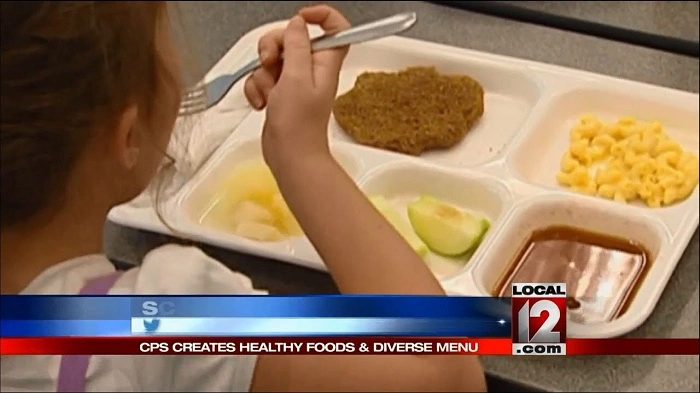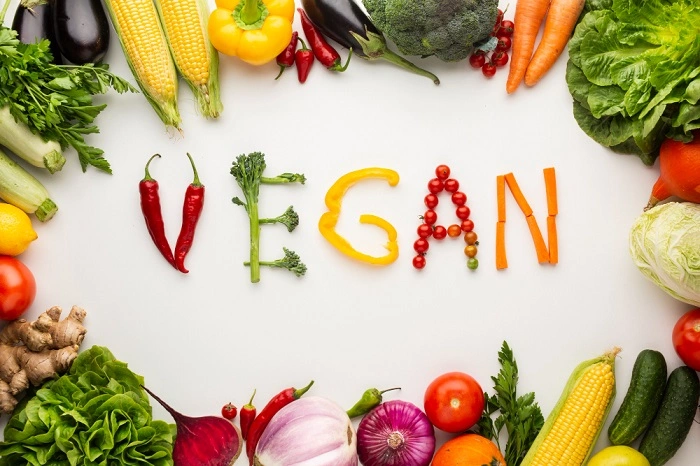The lunch menu at any school plays a vital role in shaping students’ health, concentration, and overall well-being. The CPS (Community Public Schools) lunch menu is more than just a midday meal; it serves as an essential part of the school day, providing students with the nutrients and energy they need to excel in their studies and extracurricular activities. In this blog post, we will explore what makes the CPS lunch menu unique, how it benefits students, and what kind of meals are typically offered.
The Importance of a Balanced Lunch in School
A balanced lunch at school isn’t just about keeping hunger at bay—it’s about fueling young minds and bodies for a full day of learning and playing. Studies have shown that students who have access to nutritious meals are more likely to perform better academically, engage more actively in class, and have better emotional regulation. When students are hungry or don’t eat balanced meals, their ability to concentrate, learn, and participate in class activities can be significantly impacted.
The CPS lunch menu is designed to offer a wide range of healthy, balanced meals that support the cognitive and physical development of students. These meals not only provide essential nutrients but also cater to a variety of dietary needs and preferences, ensuring that every student has access to wholesome and satisfying food.
Nutritional Standards for CPS Lunch Menu
In recent years, there has been a significant focus on improving the nutritional quality of school meals across the country. The CPS lunch menu follows strict guidelines to ensure that meals are both nutritious and delicious. These guidelines are based on recommendations from health organizations like the USDA (United States Department of Agriculture), and they aim to provide students with the right balance of:
- Proteins: Essential for growth and repair of tissues.
- Carbohydrates: A primary source of energy.
- Fruits and Vegetables: Packed with vitamins, minerals, and fiber.
- Dairy: Vital for bone health.
- Whole Grains: Important for digestive health and sustained energy levels.
CPS menus often feature a variety of proteins such as chicken, fish, and plant-based options like beans and tofu. The inclusion of fruits and vegetables in every meal ensures that students receive the necessary vitamins and antioxidants to stay healthy. Whole grains, like brown rice and whole wheat bread, are staples that contribute to long-lasting energy levels throughout the day.
Common Meals on the CPS Lunch Menu
While the specific meals may vary depending on the season and local availability, CPS lunch menus typically offer a well-rounded selection that includes:
Hot Entrées
Hot entrées are a popular choice for many students. These meals are designed to be hearty and satisfying, providing students with the fuel they need to power through their afternoon classes. Some common options include:
- Chicken Tenders with a side of mashed potatoes and steamed broccoli.
- Spaghetti and Meatballs, served with a side of garlic bread and a fresh salad.
- Turkey and Cheese Sandwiches, accompanied by a vegetable soup.
- Veggie Stir Fry, featuring tofu or tempeh, served over brown rice.
Salads and Cold Dishes
For students who prefer lighter options, CPS offers a variety of fresh salads and cold dishes. These meals are packed with fresh vegetables, lean proteins, and healthy fats. Some options include:
- Chicken Caesar Salad, topped with croutons and a light dressing.
- Greek Salad with cucumbers, olives, feta cheese, and a lemon vinaigrette.
- Hummus and Pita Plate with carrots, cucumbers, and other fresh veggies.
Vegetarian and Vegan Options
CPS strives to be inclusive by offering vegetarian and vegan-friendly options. These meals cater to students with dietary restrictions or those who prefer plant-based eating. Vegan options might include:
- Vegan Tacos with seasoned beans, avocado, and salsa.
- Lentil Soup with a side of whole grain crackers.
- Veggie Burger served with a whole-wheat bun and a side of sweet potato fries.
Sides and Snacks
Side dishes and snacks play an essential role in providing students with a boost of nutrients during their lunch break. Common side items include:
- Fresh Fruit like apples, bananas, and oranges.
- Yogurt Parfaits with granola and mixed berries.
- Carrot and Celery Sticks with hummus or ranch dressing.
Beverages
CPS also ensures that students have access to healthy drink options, which are an essential part of the balanced meal. Some of the beverages available include:
- Low-fat Milk or Plant-based Milk (such as almond or soy milk).
- 100% Fruit Juices with no added sugar.
- Water is always available for hydration.
Catering to Dietary Needs and Restrictions
CPS understands that every student has different dietary needs. Whether it’s due to allergies, medical conditions, or personal preferences, CPS works hard to accommodate all students. Some dietary restrictions commonly considered include:
- Gluten-Free: Gluten-free meals are available for students with celiac disease or gluten intolerance. These meals may feature gluten-free pasta, rice, or other substitutes.
- Nut-Free: Since nut allergies are a concern for many children, CPS offers nut-free options to ensure the safety of all students.
- Halal and Kosher: CPS ensures that students who follow Halal or Kosher dietary guidelines have access to appropriate meal options.
These considerations make the CPS lunch menu a safe and inclusive choice for a wide variety of students.
How CPS Menus Are Created
The creation of the CPS lunch menu is a careful and thoughtful process. The district’s food service department works closely with nutritionists, dietitians, and food suppliers to create meals that are not only healthy but also appealing to students. These meals are designed to encourage healthy eating habits and to make lunchtime a pleasant experience for all students.
Menus are planned months in advance, ensuring that meals are diverse and reflect different cultural tastes. Seasonal ingredients are often incorporated to provide fresh, locally sourced food whenever possible.
Collaboration with Students
In addition to working with nutritionists, CPS often consults with students to get their feedback on meal preferences. By incorporating student suggestions, the district ensures that the meals are not only nutritious but also well-received.
FAQs About CPS Lunch Menu
What type of meals are offered on the CPS lunch menu?
CPS offers a variety of meals, including hot entrées, salads, vegetarian and vegan options, sides, and beverages.
Are there vegetarian or vegan options on the CPS menu?
Yes, CPS offers both vegetarian and vegan options, such as veggie stir fry, lentil soup, and vegan tacos.
How does CPS accommodate students with food allergies?
CPS offers nut-free, gluten-free, and allergen-friendly options to ensure all students’ safety.
Are the meals on the CPS menu balanced?
Yes, meals are designed to meet nutritional guidelines, ensuring a balance of proteins, carbohydrates, fruits, vegetables, and dairy.
How are the CPS menus created?
Menus are created with input from nutritionists, dietitians, food suppliers, and students to ensure diversity, healthiness, and student satisfaction.
The CPS lunch menu is a cornerstone of the school day, offering balanced, nutritious, and delicious meals that support students’ physical and academic performance. With a variety of options, including vegetarian, vegan, and allergy-friendly choices, CPS ensures that every student has access to a meal that suits their needs. By following strict nutritional guidelines and working closely with students, CPS provides an environment where children can thrive, fueled by healthy food that energizes both body and mind.









